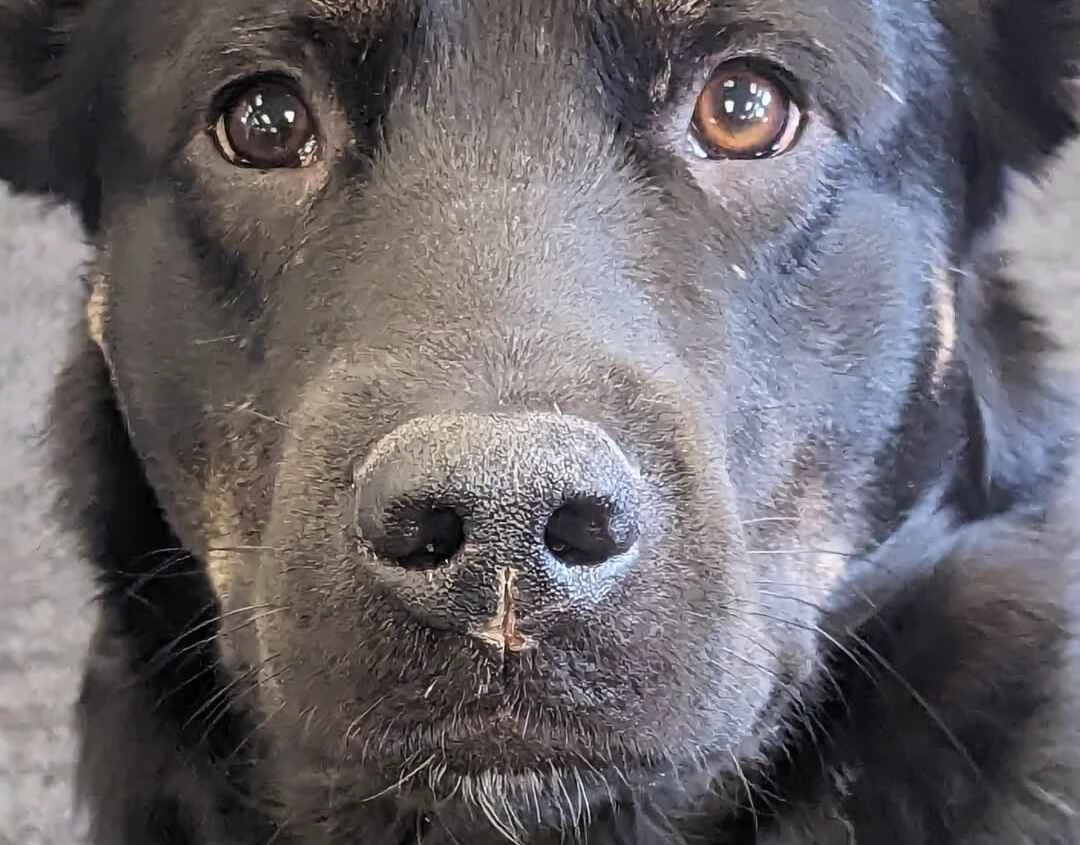Kennel nose, despite its name, isn't exclusive to kennel environments. It describes a situation where a dog's nasal planum (the leathery part of the nose) becomes inflamed and irritated due to excessive rubbing. This behavior can stem from a variety of reasons, and while it might not be life-threatening, it's important to understand the cause and provide proper care.
What Causes Kennel Nose?
There are several culprits behind kennel nose, and pinpointing the exact one is crucial for effective treatment. Here are the main suspects:
Anxiety
This is the most common trigger. New environments, separation anxiety, or loud noises can all cause a dog to become stressed, leading them to rub their nose in an attempt to self-soothe.
Boredom
Just like humans, dogs get bored when left alone for extended periods. Without mental stimulation or physical activity, they might resort to repetitive behaviors like nose rubbing to entertain themselves.
Underlying Medical Conditions
Sometimes, kennel nose can be a symptom of something more serious. Allergies, mites, or even fungal infections can irritate the nasal planum, prompting the dog to rub it for relief.
Read more: My Dog Keeps Scratching His Nose: Why Does He Do It?
A dog with kennel nose will likely exhibit some telltale signs. These include:
Spotting the Signs
A dog with kennel nose will likely exhibit some telltale signs. These include:
Dry, Cracked, or Crusty Nasal Planum
The normally smooth and wet surface of the nose becomes dry, cracked, and may even develop crusts.
Redness and Inflammation
The irritated area might appear red and inflamed.
Excessive Rubbing
As the name suggests, the dog will rub its nose excessively against surfaces, furniture, or even your leg.
Reduced Interest in Sniffing
A dog's sense of smell is vital, so a loss of interest in sniffing or a decrease in sniffing intensity could be a sign of discomfort.
If you suspect your dog has kennel nose, a visit to the veterinarian is recommended. They can rule out any underlying medical conditions and suggest the best course of treatment. Here's what you might expect:
Taking Care of Your Dog's Nose
If you suspect your dog has kennel nose, a visit to the veterinarian is recommended. They can rule out any underlying medical conditions and suggest the best course of treatment. Here's what you might expect:
The Cone of Shame
The dreaded Elizabethan collar (cone) might be necessary to prevent further rubbing and allow the nose to heal.
Soothing Relief
Your veterinarian might prescribe a topical ointment or balm to soothe the irritation and promote healing.
Addressing the Root Cause
If anxiety or boredom is the culprit, the vet will likely recommend strategies to address these issues. This could involve enrichment activities, separation anxiety training, or addressing any specific phobias the dog might have.
The best way to deal with kennel nose is to prevent it from happening in the first place. Here are some tips:
Preventing Kennel Nose
The best way to deal with kennel nose is to prevent it from happening in the first place. Here are some tips:
Provide Plenty of Mental Stimulation
Keep your dog's mind occupied with interactive toys, chew toys, and puzzle feeders.
Exercise Regularly
Physical activity helps tire out your dog's energy and reduce boredom.
Address Anxiety
If separation anxiety is suspected, work with a trainer or behaviorist to develop strategies to manage it.
Regular Vet Checkups
Routine vet checkups can help identify and address any underlying medical conditions that might contribute to kennel nose.
By understanding the causes and taking preventive measures, you can help your dog maintain a healthy, happy nose, ready to explore the world with every enthusiastic sniff.
By understanding the causes and taking preventive measures, you can help your dog maintain a healthy, happy nose, ready to explore the world with every enthusiastic sniff.

